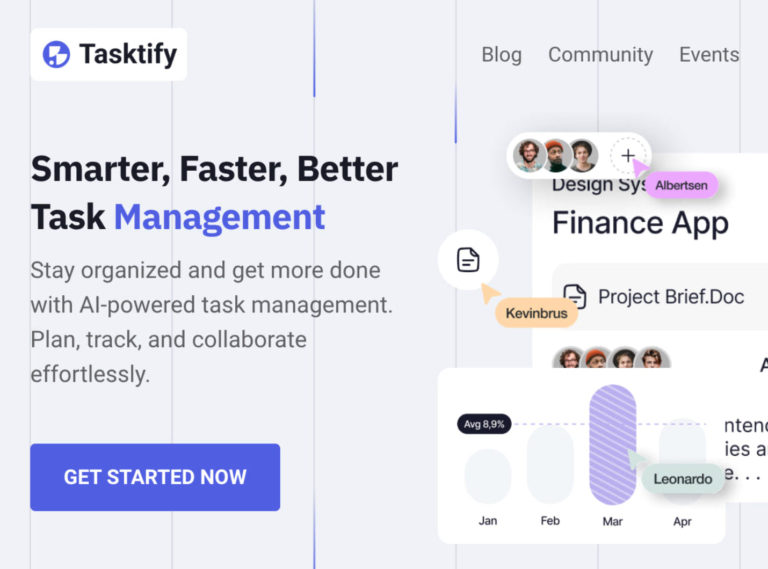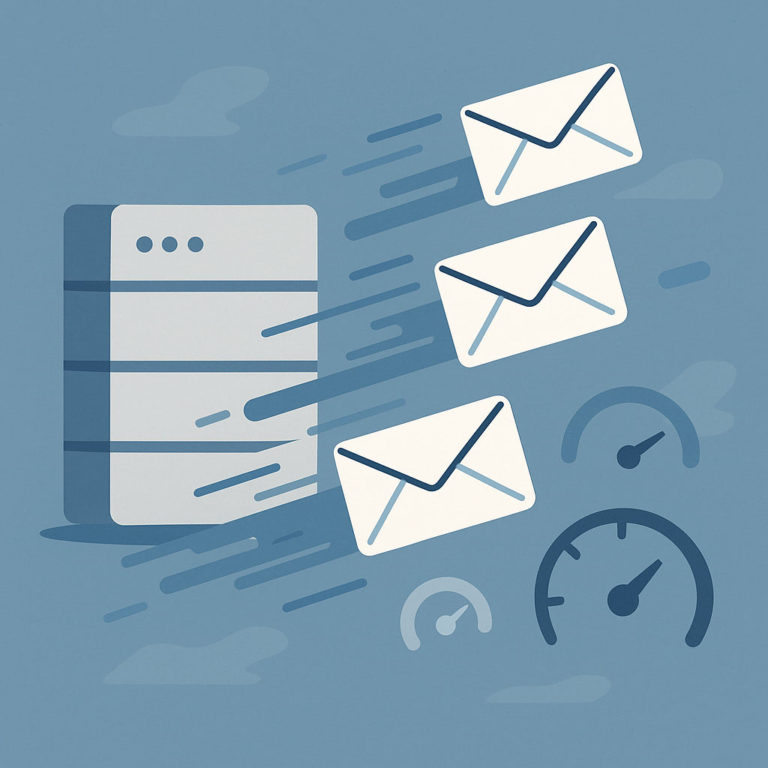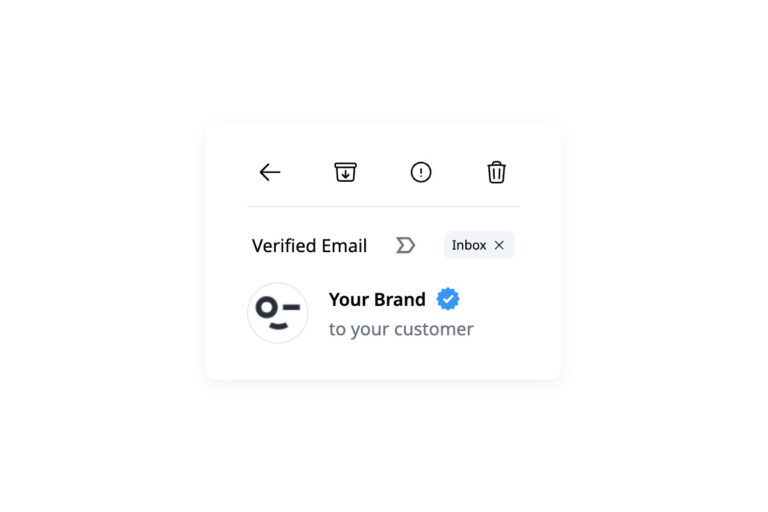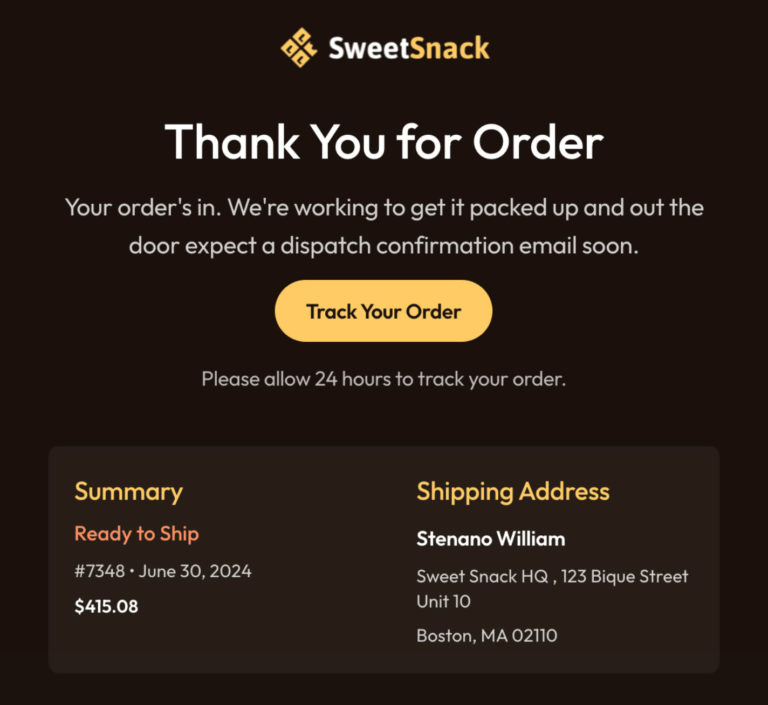Have you ever considered just how much email marketing prompts can impact your marketing? If you haven’t, this article will show you why you should start thinking about it and implementing it in your business.
ChatGPT, a free chatbot released by the artificial intelligence (AI) research group OpenAI in November 2022, has taken the internet by storm. ChatGPT encouraged users to envisage a variety of use cases for the model in its early months, including negotiating parking tickets, making workout regimens, and even creating bedtime stories for children.
Some artificial intelligence scientists feel that ChatGPT can transform how humans engage with chatbots and AI.
AI Check Email
There are a plethora of uses for chatGPT, and delivering or writing content is one of them. In this article, we are going to explore some witty use cases for chatGPT when it comes to your content marketing. One of them is how you can learn more about content marketing planning by creating plans and writing better email marketing prompts.
Among the practical use cases are how marketers can use chatGPT for various content marketing activities such as search marketing, email marketing, and even social media marketing. Knowing how to use chatGPT by leveraging your ability to input prompts can skyrocket your content marketing campaigns a great deal. We’re going to examine some prompting techniques that will assist you in achieving your goals and take a look at some applications depending on the digital marketing channel.
We’re going to see certain opportunities and examples of how you can use chatGPT as a learning tool. The more you use it, the more you will be continuously impressed with the conversational interactions chatGPT can have.
There are many articles that talk about how you can use chatGPT, with examples of email marketing prompts, and they usually have their own recommended methods to go about this. However, many of these articles don’t give critical attention to the output that is produced. ChatGPT is a Natural Language Generation tool (NLG), which means it is not a big deal for it to assist you in producing alternative titles for your posts and blogs, and as impressive as that is, we can go a bit further and prompt it to make copies that would be specifically relevant and useful for our campaigns.
Having an understanding of some recommended techniques and taking a look at some list of prompts should help you do this and generate valuable results for your content marketing campaign and creation.
Prompt engineering is something marketers need to pick up.
The creativity and analysis that chatGPT affords its users across various platforms and media is a great benefit for anyone who is into marketing. This productivity tool is a source of excitement for many marketers out there.
Of course, we don’t see it replacing conventional marketers just yet, but it can be leveraged as a collaborative tool to deliver quality content that is more creative and effective in reaching the desired audience and achieving its goal.
Mark Schaefer is someone who is an experienced commentator on content marketing practices, and he believes that ChatGPT can transform the career of content marketing itself.
Many agree with this opinion, and they have good reasons to do so.
Before we look into some of these examples, let’s examine how to best prompt the AI.
There might be a number of articles that show how to use prompts to get better results with chatGPT, but you can learn some “best practices” by experimenting and modifying your approach. This is what some people call “Prompt Engineering” of course, that sounds like an overstatement, but it works nonetheless.
What Exactly Is ChatGPT?
ChatGPT, in a nutshell, is an AI model that engages in conversational interaction. It’s a chatbot, similar to the automated chat services available on some organizations’ customer support websites.
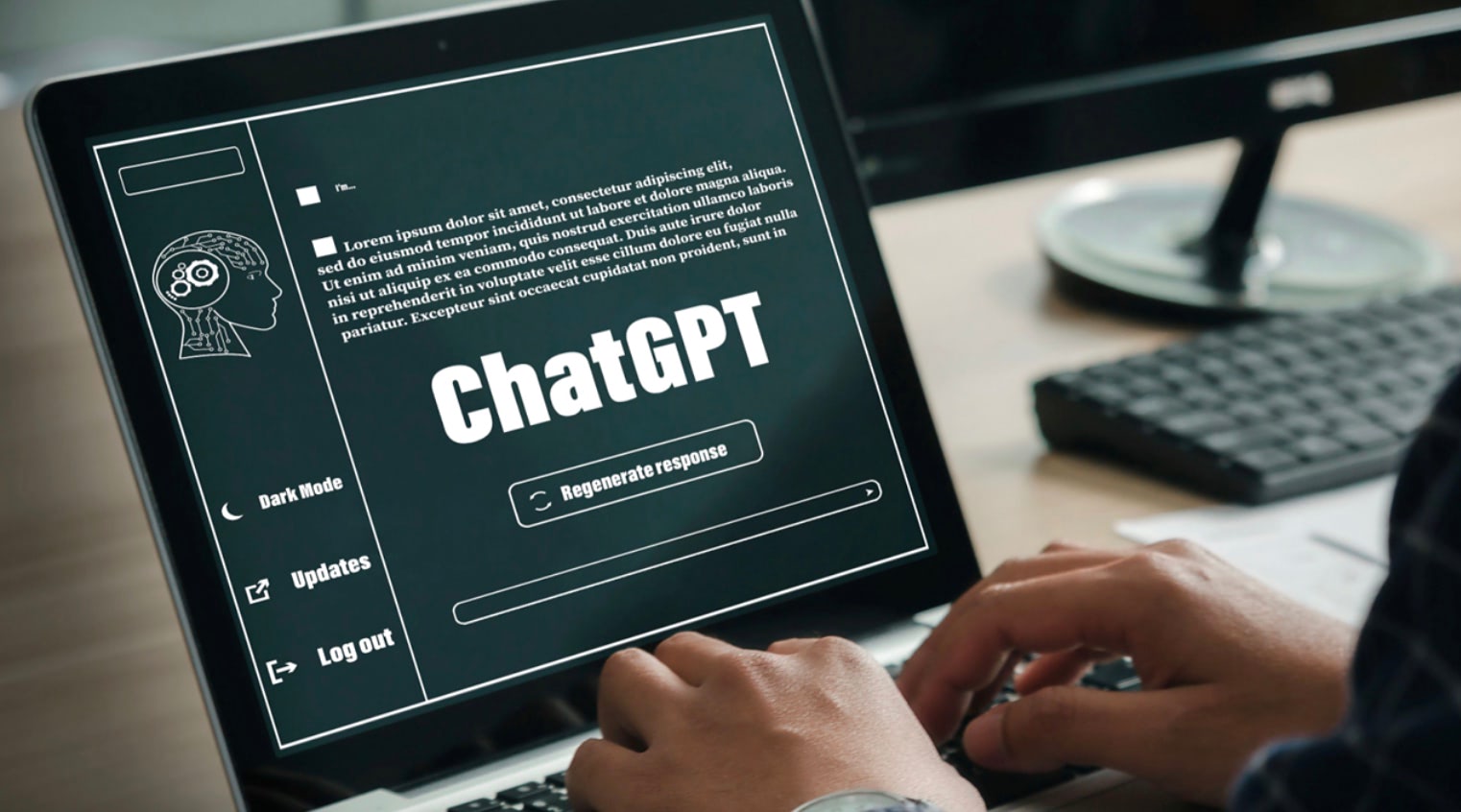
It was created by OpenAI, a technology research firm dedicated to ensuring that artificial intelligence helps humanity.
ChatGPT’s “GPT” stands for “Generative Pre-training Transformer,” which defines how ChatGPT handles language.
ChatGPT differs from the previous generations of chatbots in that it was trained using a mode of learning called reinforcement learning from human feedback (RLHF). Human AI trainers and incentive models are used in RLHF to evolve ChatGPT into a bot capable of challenging faulty assumptions, answering follow-up inquiries, and acknowledging mistakes.
When a challenge was given to ChatGPT to “create a journalistic-style piece explaining what ChatGPT is.” According to the bot, it was “intended to generate human-like writing depending on a given cue or dialogue.” It went on to say that because it was educated on a data set of human talks, it can grasp context and intent and can have more natural intuitive discussions.
ChatGPT stated in its response to the prompt that its applications may include customer care bots, content generation for social media or blogs, and text translation from one language to another.
ChatGPT functions and works with a mode we define as an advanced natural learning language Generation (NLG) model, so it doesn’t need prompts to function and give you reasonable responses. AI professionals refer to this as ‘Zero Shot.’
Although this is one of the major benefits we enjoy with chatGPT, you can get better results if you get more specific with your requests; that is, you give it more specific instructions and details about what you want to be generated, and this is referred to as ‘one shot’ or ‘few shot’.
This is where prompt engineering comes in; instead of relying solely on the AI to give us results from the task given to it, we can apply our experience and intelligence to get a result more tailored to our goal.
In the same way some people are able to get more relevant and specific answers on Google search because of their experience with it is the same way you can compose your prompts to give you your desired result. Of course, there are no advanced search prompts or syntax to give you the results you’re looking for, as that would just defeat the purpose of the natural language AI.
Let’s begin with some rules for generating useful prompts, we’ll take a look at examples for search and also social media marketing.
ChatGPT’s Advantages
As previously stated, ChatGPT has several possible applications. They range from more direct, chatbot-like functions to far more subtle applications, and it is expected that users will investigate a variety of other potential uses for this technology in the future, including in search engines.
While chatbots have been around for a while, ChatGPT is widely regarded as a considerable improvement over previous models in terms of intelligibility, fluidity, and thoroughness. One example of the intricacy of ChatGPT supplied by OpenAI includes a query designed to fool the bot: asking when Christopher Columbus (allegedly) arrived in the United States in 2015. ChatGPT’s reaction easily eluded the trap, noting that while Columbus did not visit the United States in 2015, it can speculate on how he could have responded if he had.
Brands and Individuals today have been able to utilize ChatGPT in their respective fields, such as email marketing.
For ChatGPT to deliver the email content, you would need to input prompts.
What is the Significance of ChatGPT in an Email Campaign?
ChatGPT is useful for email campaigns since it allows you to customize and automate email content creation. It can be used as an AI writing generator for email subject lines, cold email templates, sales template emails, effective email subject lines, and email copywriting time savers.
It can be used, for example, to produce customized cold email subject lines and body content depending on recipient data, increasing the likelihood of recipients opening and engaging with the email. Furthermore, the tool’s AI-generated text can be utilized to generate automatic responses to frequently requested queries, saving the email campaign team time and resources.
The Advantages of Using ChatGPT for Email Marketing
According to the preceding arguments, there are several advantages to actively using ChatGPT for email copywriting. Here are just a handful of the many benefits that organizations enjoy when using ChatGPT in their cold email marketing, ranging from higher conversion rates to lower expenses and a smoother experience:
ChatGPT can be trained using data about recipients, such as demographics, preferences, and previous interactions, to generate highly tailored and relevant email content. You just have to input email prompts to create them.
Automation: As an AI copywriting tool, it may be used to generate automatic solutions to frequently requested queries, saving the email marketing team time and resources.
Increased engagement: Because ChatGPT-generated emails can be more tailored and relevant, recipients are more likely to open and interact with them.
Scalability: ChatGPT can swiftly and efficiently generate enormous amounts of material, making it well-suited to high-volume email campaigns, remmber to use email verifiers.
Cost-effective: Using an AI copy generator can assist in eliminating the need for manual work, which saves money.
Language Generation: ChatGPT may also be used to help create emails in many languages, which is useful for organizations that operate in multiple countries.
How To Write an Email Using ChatGPT
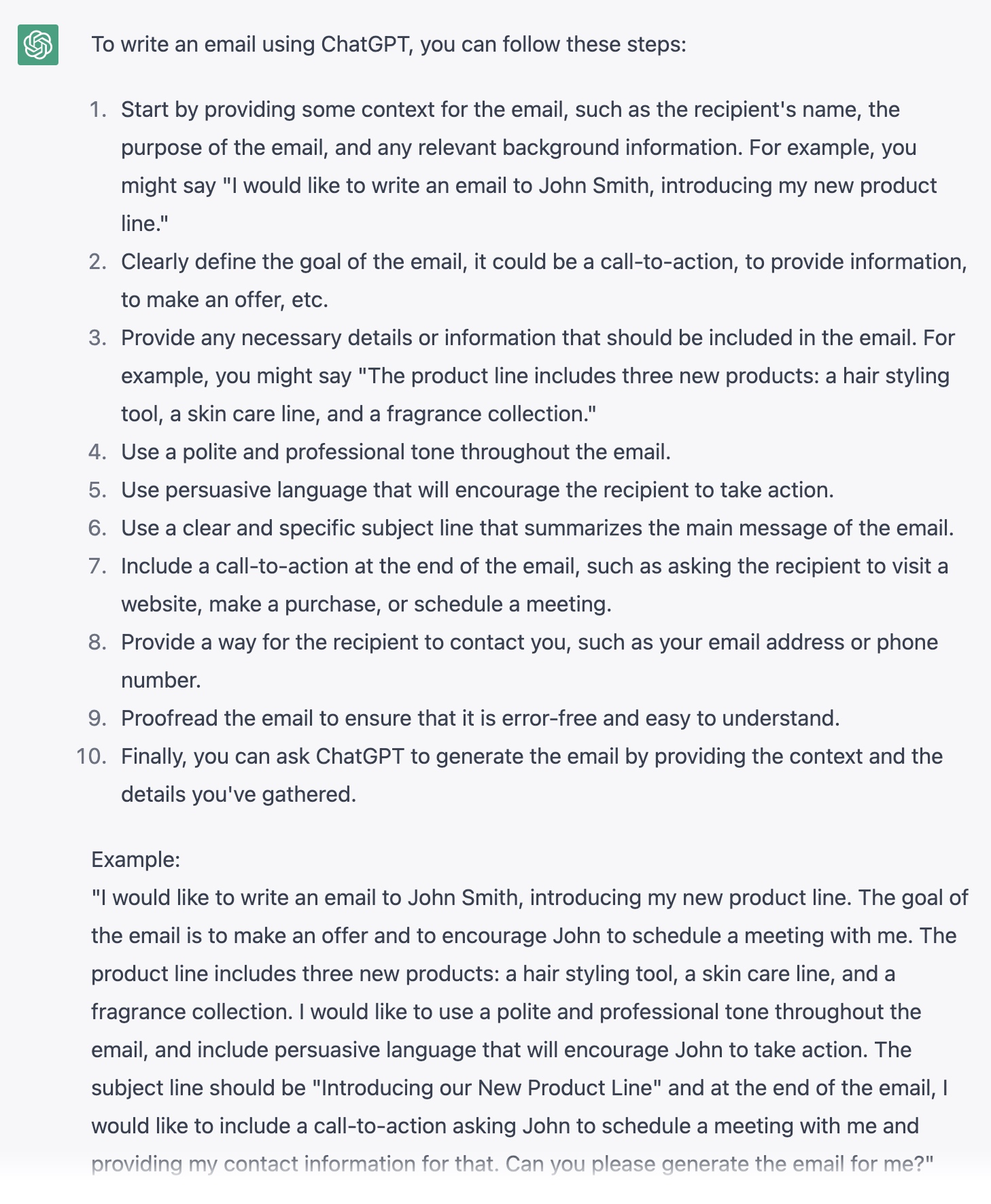
Make an email prompt
Begin by instructing ChatGPT to send a cold outbound email to a potential customer.
Describe the product you’re selling and who your ideal customers are. For instance, you may remark, “I am selling a new form of CRM software, and my ideal customers are small business owners.”
Look for similar customer personas
Request that ChatGPT produce additional similar consumer personas and industries. This will assist you in identifying a varied range of possible clients to target with cold email outreach.
Personalization placeholders should be included.
Tell ChatGPT to include placeholders so that the email can be personalized for each recipient. This allows you to simply tailor your emails for each recipient.
Include CTAs
In the ChatGPT email marketing prompt, make sure to instruct that it includes any call to action, such as urging the recipient to book a call.
Concentrate on your tone and voice
Choose the tone you want for the email.
Do you want it to be casual and pleasant, or do you want it to be more sales-oriented? ChatGPT may generate text in a variety of tones depending on how you construct the email prompt, so be sure you tell it what you want.
Improve the conversion rate of your email
Inform ChatGPT that you want the email to be optimized for conversion. This will assist it in developing words that will persuade the receiver to do the desired action.
Create an excellent subject line for your email.
Request that ChatGPT generate a subject line for your email. This is a critical step since a decent subject line might be the difference between your email getting opened and ignored.
Change the length of your email
In the email marketing prompt, request that ChatGPT lengthen or shorten the email according to your preferences.
ChatGPT is able to produce a lengthier email with more details and convincing wording. It can also generate a shorter, more concise email.
Create versions for various consumer categories
Finally, request that ChatGPT generate alternate emails for the various target consumers it identified. This will provide you with a variety of possibilities from which to select the one that feels most suited for each particular recipient.
By maximizing the functionality of chatGPT, you can improve your marketing by simply entering similar examples of chatGPT email marketing prompts into the system and watching as it generates relevant and useful content for you.
Checklist for ChatGPT Email Marketing Prompts
1. Context

You can define a better context for your prompt.
Having done this, it is common to begin a new conversation by clearing the dialogues you’ve had before. This wouldn’t be a challenge to return to as long as you save it, and the context you set at the beginning is retained all through your conversation with chatGPT.
Once you’re more specific with your chatGPT email marketing prompts by explaining the context, you can then refine it. You might not be satisfied with one thing or the other, but that’s not a problem, you can always improve that.
2. Define
This is where you define the task you want the AI to do for you. If you’re looking to get your subject line ideas, this is the stage you might want to do that. For example, if your target audience is new prospects, then the results you would want would be things such as welcome emails for your marketing.
Some Examples of useful chatGPT email prompts for content marketing are highlighted below:
“Send a convincing email to increase attendance at our forthcoming event.”
“Write a follow-up email to potential clients following a meeting.”
“Create a thank-you email to send to customers following a transaction.”
“Create a marketing email to announce our new product or service.”
“Send an email reminder for a future deadline or meeting.”
3. Voice Tone
The tone of voice that chatGPT uses to generate your content can be defined. Of course, it might be sufficient enough to just define the context as explained before, but the aim of prompt engineering is to be as detailed as possible in the relevant areas. You can improve the prompt’s quality by asking chatGPT to respond from the position of a defined role or a particular voice Tone.
“Act as an email marketing copywriter”; this is an example of how you can define the role for ChatGPT. Doing this is quite useful in certain cases, so take note so that you don’t “over prompt”. Keep it simple.
4. Follow-Up

Sometimes, the first subject line can appear generic and not as engaging for the audience as you would like. Some people call this “Marketing Happy Talk”, and it’s something any experienced copywriter will avoid in their copies. So it’s important to take note of that, too.
This is where you can then refine the content by asking chatGPT to give you some better alternatives with respect to the goal of the copy just produced.
5. Alternatives

After specifying the goal in the previous step, you can ask for more alternatives just to increase the options you have to choose from.
You could ask for alternatives for your subject line and the body copy. You can then choose the one you think looks best or use AB testing to decide that by seeing which one works best for your audience.
6. Limit

Cases you can encounter involve the subject line being too long, but you can specify a maximum number of characters just to control that. ChatGPT already knows the limits for Google Ads, but because it was trained only up to 2021, there is a possibility it would lag behind if there has been a recent update.
7. Learn
You can learn why chatGPT generated a particular content by simply asking it what it was based on or why it generated the content in a particular way.
8. Source
Finally, you can ask ChatGPT to give you the source for its findings. This makes it easier for you to make references.
Examples of ChatGPT Email Marketing Prompts
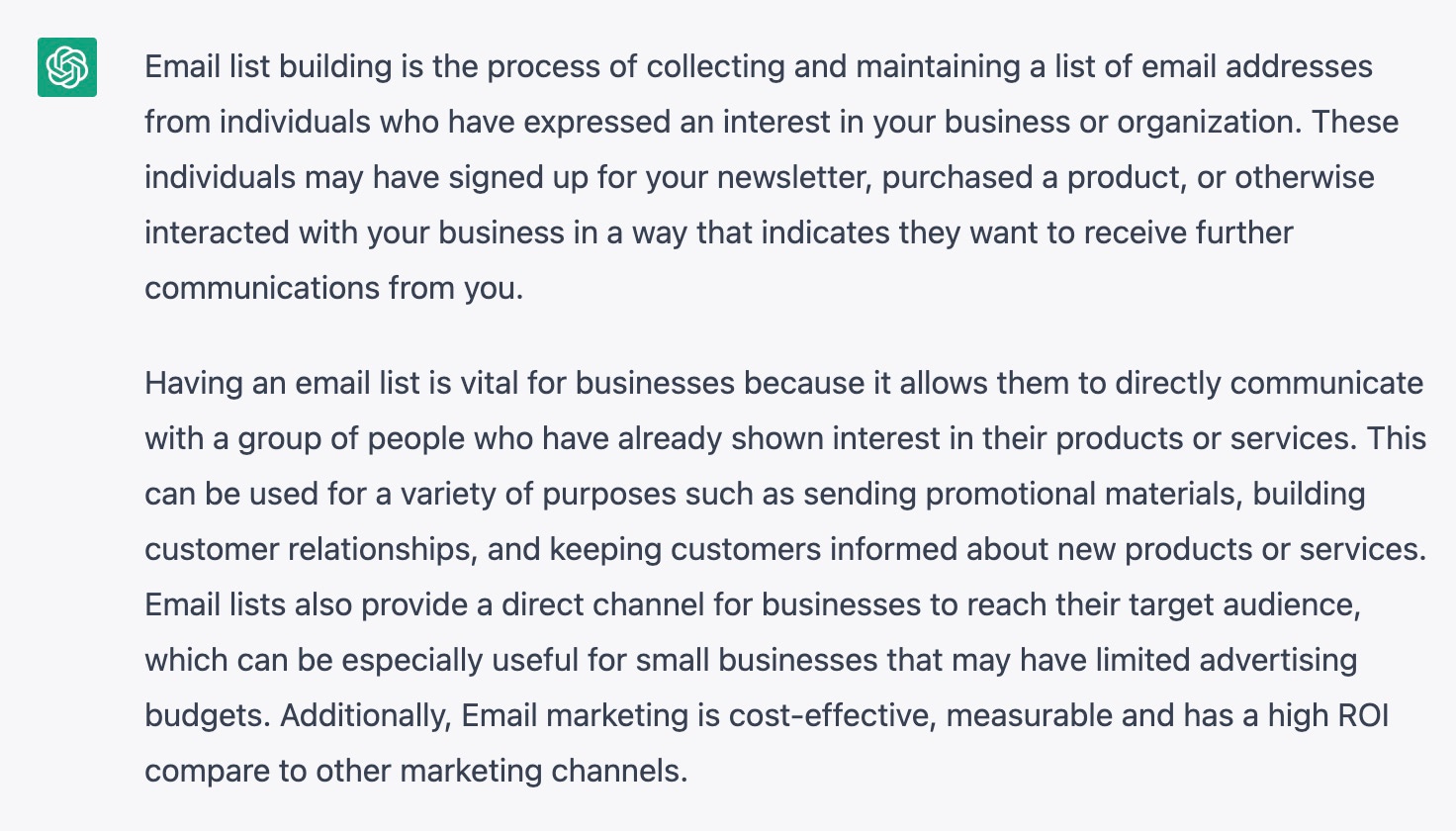
Here are some examples of email prompts for chatGPT:
- “Create an email to solicit customer feedback on our product or service.”
- “Write an email to a customer who has unsubscribed from our mailing list.”
- “Write an email to a potential partner to discuss partnership opportunities.”
- “Create an email with a customized upselling or cross-selling idea to deliver to a customer.”
- “Send a convincing email to increase attendance at our forthcoming event.”
- “Write a follow-up email to send to potential clients following a meeting.”
- “Create a thank-you email to send to consumers after they make a purchase.”
- “Create a promotional email to market our new product or service.”
- “Create an email reminder for a future deadline or meeting.”
- “Create a professional email requesting a meeting or consultation.”
- “Send a consumer an email apologizing for a delay or mistake.”
- “Create a tailored email to nurture a lead and bring them closer to a sale.”
- “Create an email requesting a reference or testimonial from a happy customer.”
- “Create a promotional email to announce a sale or special offer.”
- “Create an email to send to a prospect who has expressed interest in our product.”
Here are some examples of chatGPT email marketing prompts you could use when creating emails for your business and audience:
Building and segmenting email lists
- What exactly is email list building, and why is it vital for businesses?
- How can I fast and successfully expand my email list?
- What are some prevalent email list segmentation strategies?
- How might segmentation help increase the performance of email campaigns?
- How can I use lead magnets to acquire new email list subscribers?
- What are some best practices for gathering email addresses from visitors to a website?
- How can I leverage social media to increase email sign-ups?
- How can I customize my campaigns by segmenting my email list?
- How can A/B testing be used to optimize email messages for different segments?
- What are some effective methods for reactivating inactive email subscribers?
Email A/B testing and optimization
- How can A/B testing help me increase the effectiveness of my email campaigns?
- What are some recommended practices for establishing and carrying out A/B tests for email campaigns?
- How can A/B testing be used to get the optimal subject line for my emails?
- How can A/B testing be used to find the ideal time to send my emails?
- How can A/B testing be used to find the optimum email layout and design?
- How can A/B testing be used to find my emails’ most effective call to action?
- How can I utilize A/B testing to discover the optimal email personalization strategy?
- How can A/B testing be used to discover the optimal segmentation strategy for my emails?
- How can A/B testing help me choose the optimal email content for my campaigns?
- How can A/B testing help me figure out the appropriate email frequency for my campaigns?
Email design and template creation
- Where can I find ideas for email template designs?
- How can I make my email templates mobile-responsive?
- How can I make my email templates look clean and simple?
- How can I properly incorporate photos and graphics in my email templates?
- How can I utilize a clear and catchy subject line in my email templates?
- How can I include a strong call-to-action in my email templates?
- How do I incorporate personalization into my email templates?
- How can A/B testing help me optimize my email templates?
- How can I generate professional-looking email templates with email template builders?
- How can I improve the effectiveness of my templates by implementing email design best practices?
In this article, we have gone through some of the ways you could get better results by being specific about how you compose your email marketing prompts. Give it a try, and watch your content marketing transform for the better.


